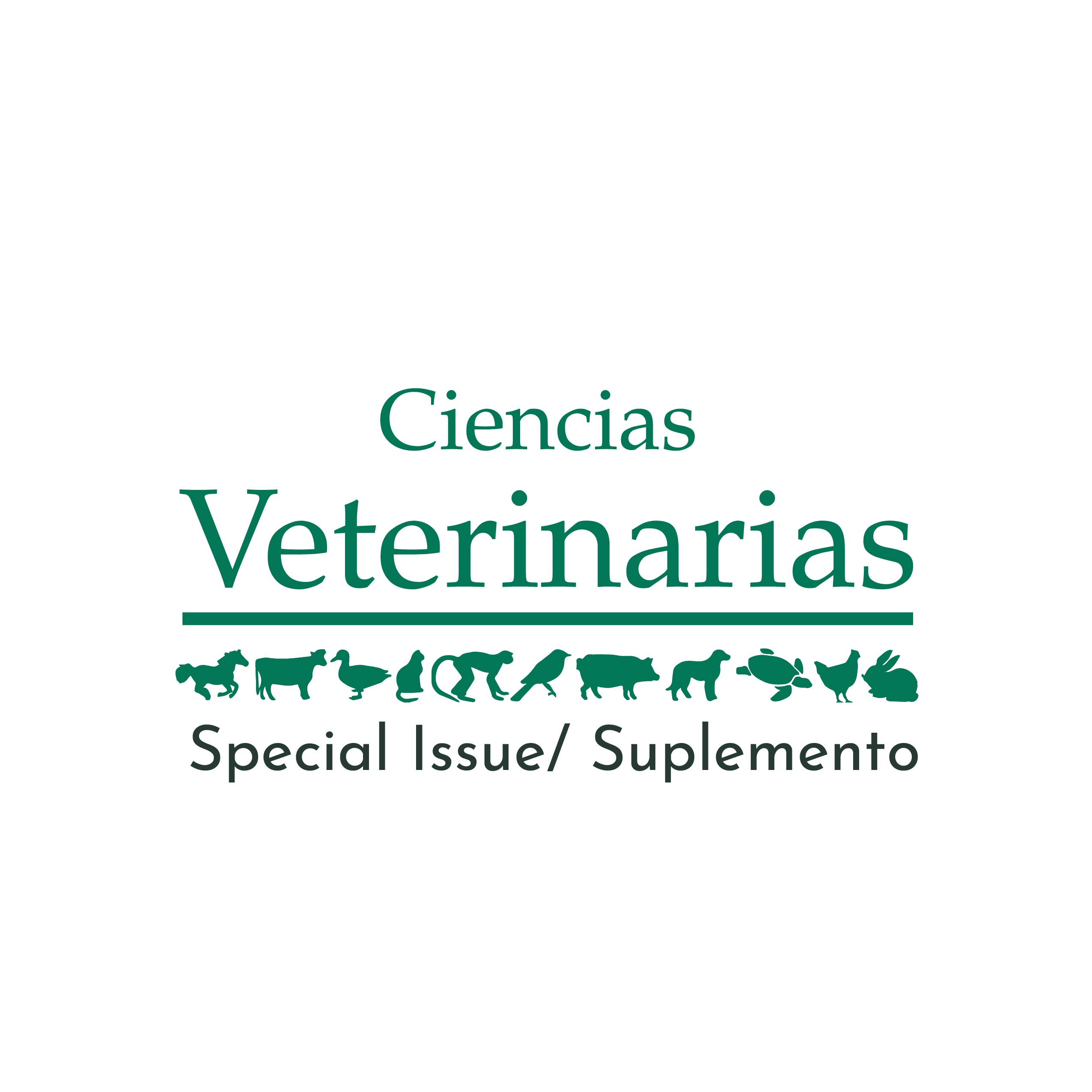Análisis cuantitativo de la marcha como una herramienta objetiva para determinar el resultado funcional de terapias regenerativas musculoesqueléticas en caballos y perros
DOI:
https://doi.org/10.15359/rcv.37-3.11Resumen
Musculoskeletal regenerative medicine (RM) aims at restoring components of the musculoskeletal system. Most outcome parameters that are used to judge the efficacy of RM treatments focus on the degree to which the newly generated tissue resembles the native tissue and make use of histological, biochemical, and biomechanical techniques. However, in the end it is the functional outcome that counts, and gait is the functional product of the musculoskeletal system. In human medicine, measurement of function is based on the feedback of patients, mostly in the form of so-called visual analogue scoring (VAS) scales, which are seen as relatively reliable, though still subjective and susceptible to bias. In animals this is not possible, and gait is typically scored through application of semi-quantitative scores, like the American Association of Equine Practitioners (AAEP) scale in the horse.
Various techniques to measure gait using parameters describing exerted forces (kinetic parameters) and parameters describing motion in space (kinematic parameters) have been developed over the past decades and in more recent times the use of some of these quantitative techniques has become standard in clinical practice in various places (Serra Bragança et al. 2018). It is expected that this use will rapidly increase further, which will have a profound impact on clinical practice. The current developments have already led to a discussion whether we should redefine lameness in the era of quantitative gait analysis (van Weeren et al. 2017). As an evaluation tool for measuring the functionality of musculoskeletal regenerative techniques, quantitative gait analysis has many advantages as it is an excellent technique for longitudinal monitoring in an objective and unbiased way and for subsequent documenting. In this field, the horse is leading but similar techniques are being developed for the dog. Future developments include the generation of big data sets and their exploitation for the development of pattern recognition techniques based on an artificial intelligence approach.
Referencias
Serra Bragança, F.M., Rhodin, M. & van Weeren, P.R. 2018. On the brink of daily clinical application of objective gait analysis: What evidence do we have so far from studies using an induced lameness model? Vet. J. 234:11-23. DOI: 10.1016/j.tvjl.2018.01.006
Van Weeren, P.R., Pfau, T., Rhodin, M., Roepstorff, L., Serra Bragança, F. & Weishaupt, M.A. 2017. Do we have to redefine lameness in the era of quantitative gait analysis? Equine Vet. J. 49(5): 567-569. DOI: 10.1111/evj.12715
Descargas
Publicado
Cómo citar
Número
Sección
Licencia
Licenciamiento de los artículos
Todo artículo se publicará con una licencia:

Licencia Creative Commons Atribución-NoComercial-SinDerivadas 3.0 Costa Rica.
El acceso a esta revista es gratuito, solo se debe citar en forma completa el artículo y la revista.
Los derechos de propiedad intelectual son del autor. Una vez aceptado el artículo para su publicación el autor cede a la Revista los derechos de reproducción.
La Revista de Ciencias Veterinarias autoriza la impresión de artículos y fotocopias para uso personal. También, se promueve el uso para fines educacionales. Especialmente: instituciones podrán crear enlaces a artículos específicos que se encuentren en el servidor de la revista a fin de conformar paquetes de cursos, seminarios o como material de instrucción.
El autor puede colocar una copia de la versión definitiva en su servidor aunque se recomienda que mantenga un enlace al servidor de la revista donde está el artículo original.
Las violaciones de propiedad intelectual recaen sobre quien la realizó. No es responsable la empresa o institución que da acceso a los contenidos, ya sea porque actúa sólo como transmisora de información (por ejemplo, proveedores de acceso a Internet) o porque ofrece servicios públicos de servidores.







